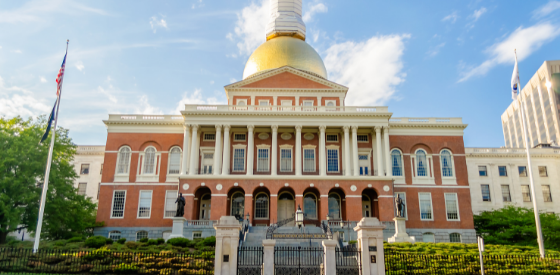Governor Healey takes office at a pivotal moment. State government must deploy a deluge of federal resources from the American Rescue Plan Act (ARPA), the Bipartisan Infrastructure Law (BIL), and the Inflation Reduction Act (IRA). The mandate to leverage this unprecedented investment to combat the commonwealth’s two most existential threats—climate change and rising inequality—has never been stronger. However, many voters are losing faith that government can tackle formidable challenges. This makes the stakes as high as they come for the Healey–Driscoll administration’s first year in office. The team must find transformative investment opportunities and partners who can execute.
Drawing on more than a decade of MassINC research, this transition brief shows that Gateway Cities are promising place to prospect. We begin with a review of the unique role that Gateway Cities play in the commonwealth. We also surface the challenges and opportunities that these urban centers are likely to encounter as post-pandemic economic restructuring unfolds. With this context in the foreground, we then present strategies and near-term policy priorities across four domains: 1) housing and community development; 2) transportation; 3) education; and 4) municipal governance.
The unique role that Gateway Cities play makes them vital to the commonwealth.
Massachusetts is home to 351 cities and towns. While each one is special and requires thoughtful attention from state government, Gateway Cities are vital organs. Working together, state agencies and policymakers must make additional effort to ensure that these regional urban centers perform their essential functions: building human capital and providing ladders to economic opportunity and security.
Together, the 26 Gateway Cities house more than one-quarter of the state’s population. Their residents are disproportionately young, foreign born, and low income. With declining birth rates, these communities will produce an increasingly outsized share of our future workforce, business owners, teachers and leaders.
In previous generations, jobs in mills provided Gateway City households with stability and decent housing to help ensure that children received a strong start. Offering their next generation pathways to the middle class has become far more challenging for Gateway Cities during the past two decades. With stagnant pay and rising costs, families living in these communities face much greater economic insecurity. And they must make substantially larger investments in their children to prepare them for good jobs in today’s economy. With concentrated poverty and limited tax bases, Gateway Cities struggle to furnish what families cannot.
We must pause here to note that older industrial cities beset with the challenges brought by economic change often internalize the problems, leading to division and dysfunction. This has rarely occurred in Massachusetts Gateway Cities. With unusual resolve and collaborative leadership, these communities cobble together resources and experiment with innovative approaches to support their residents and give them as much access to opportunity as they possibly can…

